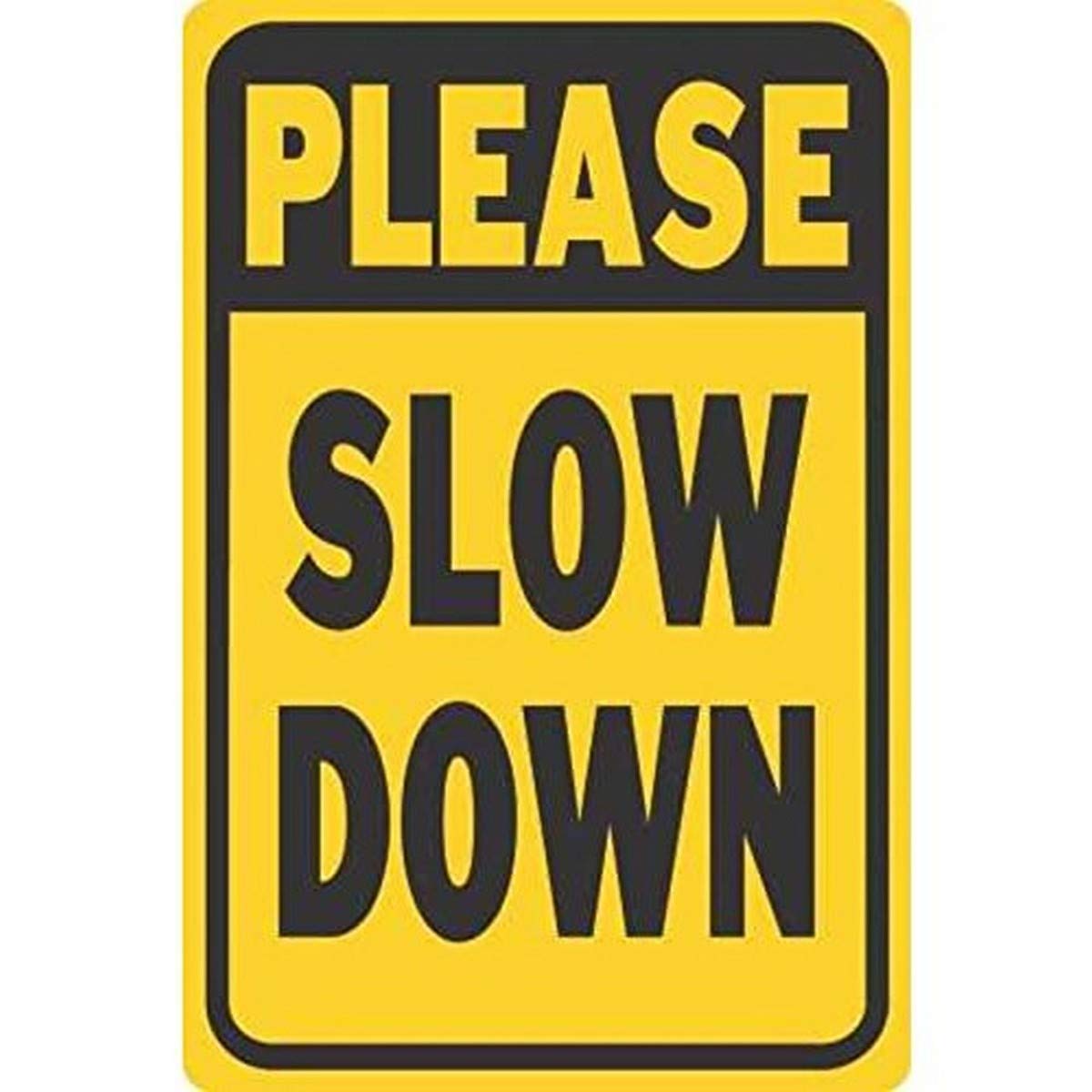Myopia is a common eye condition that affects 30-40% of adults in the United States. Also known as nearsightedness, Myopia is a condition where you can see objects up close but not far away.
Myopia commonly occurs when the shape of the eye causes light rays to bend incorrectly. This shifts the focus of light in front of the retina instead of directly on it. The condition typically begins in childhood and gets progressively worse as the years go on.
Let’s dive right in! In this article, we’ll explore three ways to slow down Myopia!
How Can I Slow Down the Progression of Myopia?
Myopia, or nearsightedness, is a refractive error of the eye that prevents the eye from bending light properly. Since light does not focus correctly with nearsightedness, distant objects appeared blurred. Myopia is an eye focusing disorder, not an eye disease.
Symptoms of Myopia include:
- Eyestrain
- Headache
- Squinting to see properly
- Difficulty seeing objects far away
The best way to slow down the progression of any eye problem is to focus on your eye health. However, there are three specific ways to help slow down the progression of Myopia. This includes:
1. Limit Time on Digital Devices
Focusing your eyes on screens or digital devices is one of the leading causes of vision problems. Ongoing exposure to digital devices can damage your eyes and lead to blurry vision. Therefore, spending a lot of time on your smartphone, TV, or computer can worsen your vision. While it’s nearly impossible to avoid screen times in today’s technology-driven society, you should limit screen time when possible. This will help reduce many other eye issues, including computer vision syndrome.
2. Use Eye Drops
Another way to slow down the progression of Myopia is to use eye drops. They work by dilating the pupils and correcting the shape of the eye. This allows you to see more clearly. Most eye doctors suggest medicated drops are an effective treatment to slow down the progression of Myopia. Before you use these eye drops, talk to your eye doctor. Since they can have side effects that lead to difficulty in reading and light sensitivity, it’s essential to make sure the benefits outweigh the adverse effects. You can also discuss other available options to help with your specific case.
3. Prescription Lenses
Multifocal lenses are also used to treat Myopia. Bifocals and trifocals are most common. Schedule an eye exam with your local eye doctor if you have blurry vision. The American Optometric Association suggests using multifocal lenses as soon as there are signs of a problem with nearsightedness. The sooner you treat the condition, the better chance you have to slow down the progression.
Contact Antelope Valley Eye Care to Schedule an Appointment with a Reliable Eye Doctor
If you suspect you have Myopia, you need a reliable eye doctor in Palmdale to help slow the progression before the disorder worsens. At Antelope Valley Eye Care, we’re here to help! Contact us today to schedule an exam!

